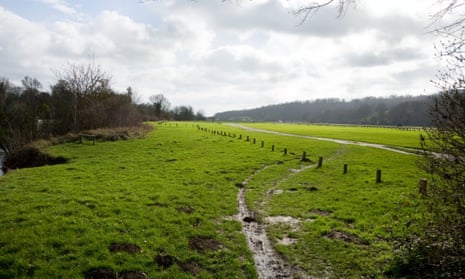Floods often bring ruin and devastation, usually only avoided using expensive flood barriers and other engineering. But there is a quick and easy way to avoid much flooding: by restoring or creating flood plains.
These are usually flat low lands near rivers, natural wetlands that often flood. But many flood plains have been drained for farmland or built over. Most flood plains are now in a perilous state – about two-thirds of them are severely degraded in England and up to 90% have been adapted across Europe. And so the flood waters often get funnelled into built-up areas.
Letting the flood plains naturally flood again would restore them back into wetlands, helping prevent flooding by soaking up excess water like a sponge. And wet flood plains also store sediments that would otherwise choke up rivers with silt.
Restored flood plains can also help absorb and store carbon from the atmosphere and help tackle the climate crisis. Freshwater wetlands cover about 6% of the world’s surface, and hold about 30% of all carbon held in the soil; it’s been estimated that restoring just 15% of degraded flood plains in the world would store 30% of the increase in manmade CO2 created since the Industrial Revolution.

Comments (…)
Sign in or create your Guardian account to join the discussion